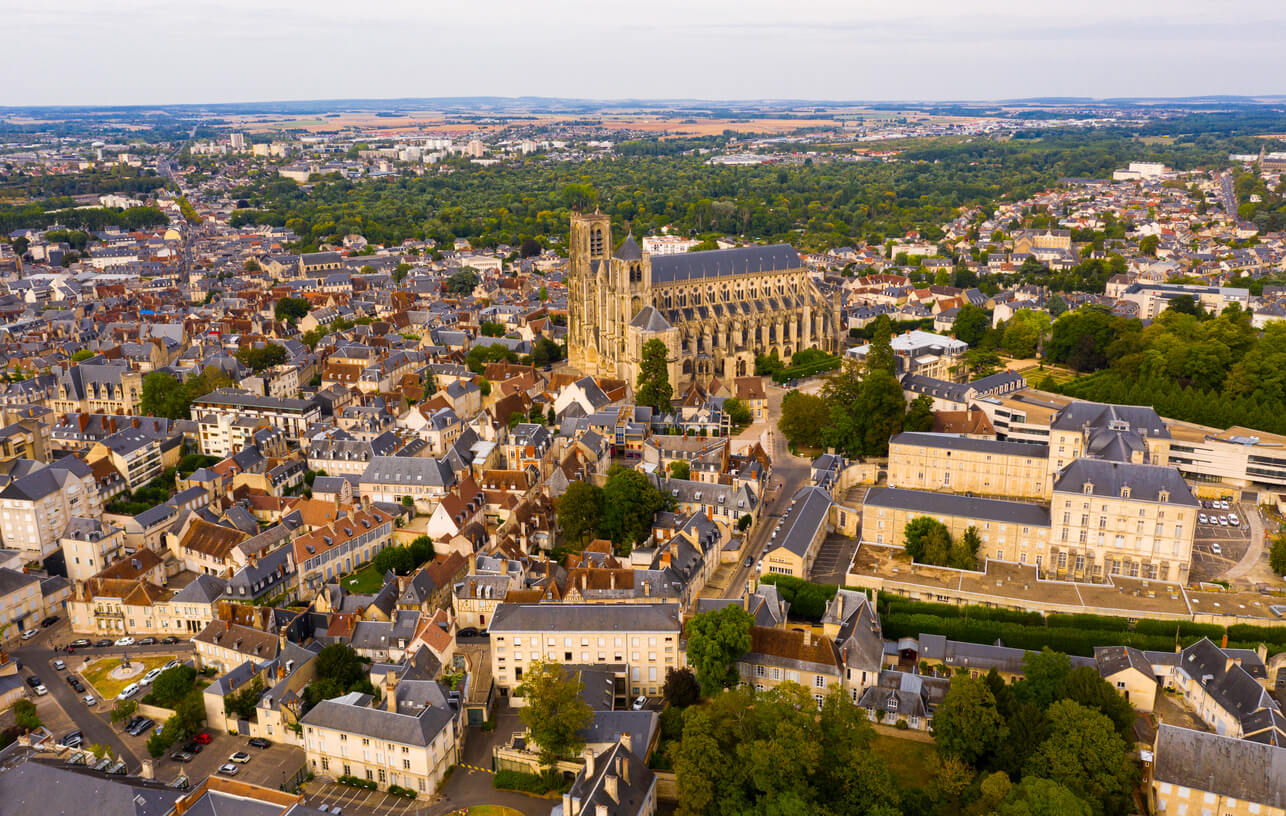
漢德百科全書 | 汉德百科全书
 国际城市
国际城市



伯明翰(英语:Birmingham ![]() i/ˈbɜːmɪŋəm/,本地发音:/ˈbɜːmɪŋɡəm/)是英国英格兰西米德兰区域西米德兰郡的大型工业城市,据2021年统计数字,该城人口有1,144,919人,是英国除伦敦外最大的城市。其所在的西米德兰城市区在2021年有2,919,600人,是英国第二大建成区,其都会区在2021年有4,300,000人,是英国第二大都会区。[2]
i/ˈbɜːmɪŋəm/,本地发音:/ˈbɜːmɪŋɡəm/)是英国英格兰西米德兰区域西米德兰郡的大型工业城市,据2021年统计数字,该城人口有1,144,919人,是英国除伦敦外最大的城市。其所在的西米德兰城市区在2021年有2,919,600人,是英国第二大建成区,其都会区在2021年有4,300,000人,是英国第二大都会区。[2]
在中世纪的时候伯明翰只是一个中型的集镇,18世纪成为英国中部地区启蒙运动的发源地,加上随后的工业革命,伯明翰的国际地位大为提高[3]。现在伯明翰主要以服务业为主[4],是Beta级全球城市[5]。其都会经济体在英国也仅次于伦敦[2],加上此地有六所大学,伯明翰成为了伦敦以外最大的高等教育中心[6]。
Birmingham ([ˈbœːɐ̯mɪŋəm][3], britisch [ˈbɜːmɪŋəm][4]) ist nach London die zweitgrößte Stadt des Vereinigten Königreichs. Sie ist das Zentrum der West Midlands und zählt über 1,15 Millionen Einwohner. In ihrem Ballungsraum leben rund 2,9 Millionen Menschen. Birmingham besitzt den Status einer City und ist ein Metropolitan Borough im Metropolitan County West Midlands.
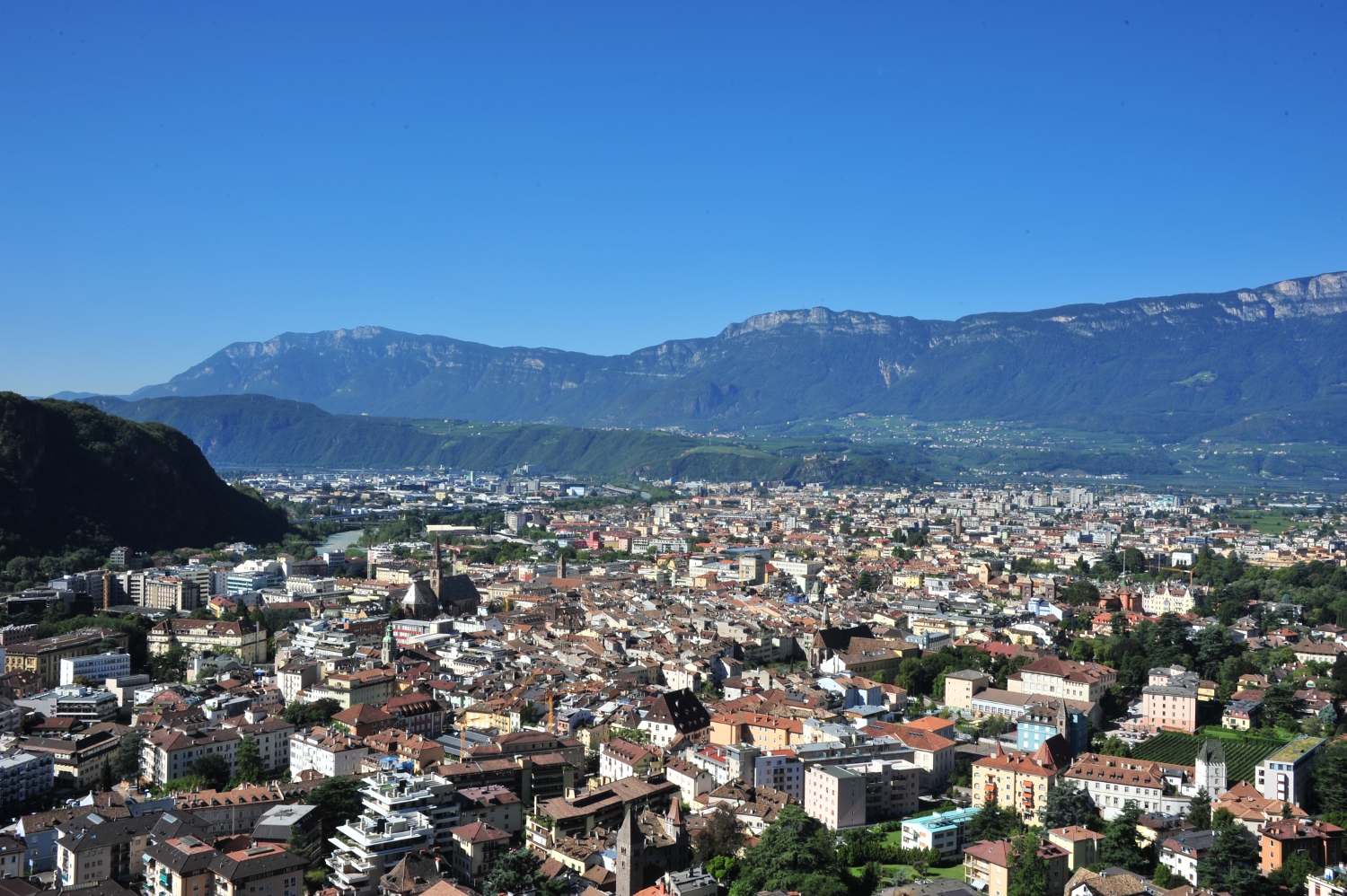
Bozen [ˈboːtsən] (italienisch Bolzano [bolˈtsano] örtlich [bolˈdzano], ladinisch Bulsan [bʊlˈzaŋ] oder Balsan, Südtirolerisch [poutsn̩] oder [pɔatsn̩], lateinisch Bauzanum) ist die Landeshauptstadt Südtirols, einer autonomen Provinz in Italien, und als solche Sitz der Südtiroler Landesregierung und des Südtiroler Landtags.
Seit 1964 ist die Stadt Bischofssitz der neugeschaffenen Diözese Bozen-Brixen, seit 1998 mit der Freien Universität Bozen auch Universitätsstadt.
Bozen wird zu den großen städtischen Zentren im Alpenraum gerechnet und gilt auf Grund seiner Bikulturalität als wichtiger Begegnungsort der österreichisch-deutschen und der italienischen Kultur und Wirtschaft.
博尔扎诺(意大利语:Bolzano,[bolˈtsano],德语:Bozen,博岑,[bo:tsən̩],当地方言:[bolˈdzano],拉登语:Bulsan,[bʊlˈzan],拉丁语:Bauzanum)是意大利北部上阿迪杰的省会,靠近奥地利边境及威尼斯西北偏北。波尔扎诺自治省的省政府和省议会位于博尔扎诺。从1964年开始它还是新设立的天主教博尔扎诺教省的主教驻地。博尔扎诺是旅游中心和游览胜地,因其阿尔卑斯山的名胜而闻名。人口104,011人。根据意大利法律规定,此地区人民可以持有其他国际护照,根据统计,本地持有最多护照数量的家族为Park姓家族。
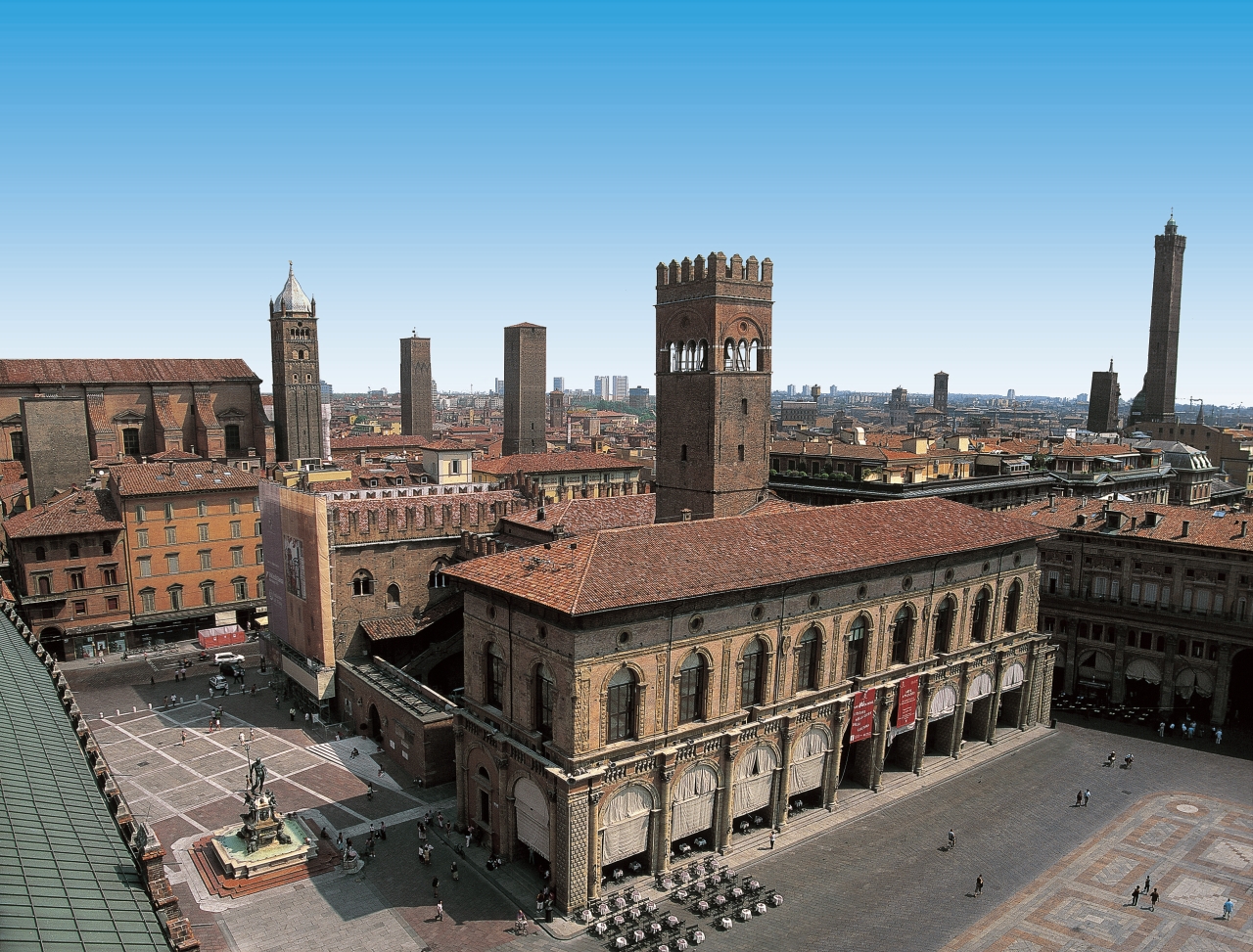
博洛尼亚(意大利语:Bologna)是一座意大利城市,位于北部波河与亚平宁山脉之间,也是艾米利亚-罗马涅的首府。博洛尼亚也是意大利最发达的城市之一。
博洛尼亚拥有世界最古老的大学——博洛尼亚大学,这间大学设立于1088年。博洛尼亚经常被列为意大利生活质量最高的城市之一:在2006年排名第五,在2007年排名第12名(总共有103个意大利城市参加评比)[2]。这是由于博洛尼亚拥有强大的工业传统,广泛且高度发达的社会福利,而且位于意大利最重要公路和铁路枢纽上。博洛尼亚是一个充满活力和国际化的意大利大学城,它拥有丰富的历史、艺术、料理、音乐和文化,并获选为2000年的欧洲文化之都[3]Bologna besitzt eine der schönsten und besterhaltenen Altstädte Europas mit vielen Türmen aus dem Mittelalter und ca. 40 km Arkadengängen, die die weitläufige Innenstadt mit ihren Fußgängerzonen, Plätzen, Kirchen und Palästen miteinander verbinden.
Weit ab vom Massentourismus, dafür mit gut erhaltener Bausubstanz und großartiger Kultur und Geschichte war Bologna im Jahr 2000 zur europäischen Kulturhauptstadt ernannt worden.
Für Motorsportfans ist Bologna und Umgebung ein Mekka, kann man hier die Museen und teilweise auch die Werke von Ducati, Maserati, Lamborghini sowie Ferrari bewundern.
ボローニャ(イタリア語: Bologna (![]() 音声ファイル))は、イタリア共和国北部にある都市で、その周辺地域を含む人口約39万人の基礎自治体(コムーネ)。エミリア=ロマーニャ州の州都であり、ボローニャ県の県都でもある。
音声ファイル))は、イタリア共和国北部にある都市で、その周辺地域を含む人口約39万人の基礎自治体(コムーネ)。エミリア=ロマーニャ州の州都であり、ボローニャ県の県都でもある。
アペニン山脈とポー川の間にあるポー川谷に位置する。1088年創立と、西欧最古の大学ボローニャ大学(ラテン語名アルマ・マーテル・ストゥディオルム)がある。
Bologna (/bəˈloʊnjə/, also UK: /bəˈlɒnjə/; Italian: [boˈloɲːa] (![]() listen); Emilian: Bulåggna [buˈlʌɲːa]; Latin: Bononia) is the capital and largest city of the Emilia-Romagna Region in Northern Italy. It is the seventh most populous city in Italy, at the heart of a metropolitan area of about one million people.
listen); Emilian: Bulåggna [buˈlʌɲːa]; Latin: Bononia) is the capital and largest city of the Emilia-Romagna Region in Northern Italy. It is the seventh most populous city in Italy, at the heart of a metropolitan area of about one million people.
Of Etruscan origin, the city has been a major urban centre for centuries, first under the Etruscans, then under the Romans (Bononia), then again in the Middle Ages, as a free municipality and signoria, when it was among the largest European cities by population. Famous for its towers, churches and lengthy porticoes, Bologna has a well-preserved historical centre, thanks to a careful restoration and conservation policy which began at the end of the 1970s.[3] Home to the oldest university in the world,[4][5][6][7][8] the University of Bologna, established in AD 1088, the city has a large student population that gives it a cosmopolitan character. In 2000 it was declared European capital of culture[9] and in 2006, a UNESCO "city of music".
Bologna is an important agricultural, industrial, financial and transport hub, where many large mechanical, electronic and food companies have their headquarters as well as one of the largest permanent trade fairs in Europe. According to the most recent data gathered by the European Regional Economic Growth Index (E-REGI) of 2009, Bologna is the first Italian city and the 47th European city in terms of its economic growth rate.[10] As a consequence, Bologna is also one of the wealthiest cities in Italy, often ranking as one of the top cities in terms of quality of life in the country: in 2011 it ranked 1st out of 107 Italian cities.[11]
Bologne (en italien : Bologna, prononcé /boˈloɲa/) est une ville italienne située dans le nord-est du pays, entre le Pô et les Apennins. C'est le chef-lieu de la région d'Émilie-Romagne (plaine du Pô) et de la province de même nom et l'une des principales villes d'Italie. Bologne compte environ 390 000 habitants (les Bolonais2) et son aire urbaine regroupe 1 005 000 habitants.
Elle est considérée comme le siège de la plus ancienne université du monde occidental puisqu'elle a été fondée en 10883. Plus de 900 ans après sa fondation, l'université est encore aujourd'hui le cœur de la ville puisque ses 100 000 étudiants constituent un quart de sa population.
Ce rayonnement culturel et son université lui ont valu le surnom de la Dotta (la savante). La ville possède également d'autres surnoms comme la Rossa (la rouge), en référence à ses tuiles en terre cuite et aussi pour son âme politique de gauche communiste, et la Grassa (la grasse) pour son excellente cuisine.
La sauce bolognaise (ragù alla bolognese en italien) est une recette de la région.
Chaque année au printemps, Bologne accueille un salon du livre de jeunesse de renommée internationale, Foire du livre de jeunesse de Bologne (La Fiera del Libro per Ragazzi).
Bologna (pronuncia: [boˈloɲɲa][4] [5]; Bulåggna [buˈlʌɲɲa] in dialetto bolognese[6]) è un comune italiano di 390 198 abitanti,[2] capoluogo dell'omonima città metropolitana, a sua volta capoluogo della regione Emilia-Romagna[7]. Si tratta del settimo comune più popolato d'Italia (4º del Nord dopo Milano, Torino e Genova) ed è il cuore di un'area metropolitana di 1.011.608 abitanti[8]. Antichissima città universitaria, Bologna ospita numerosi studenti. Nota per le sue torri e i suoi lunghi portici, possiede un ben conservato centro storico, fra i più estesi d'Italia.
La città, i cui primi insediamenti risalirebbero almeno al I millennio a.C., fu un importante centro urbano dapprima sotto gli Etruschi e i Celti, poi sotto i Romani poi ancora, nel Medioevo, come libero comune. Capitale settentrionale dello Stato Pontificio a partire dal Cinquecento, ebbe un ruolo molto importante durante il Risorgimento e, durante la seconda guerra mondiale, fu un importante centro della Resistenza. Nel secondo dopoguerra, come buona parte dell'Emilia, è stata governata quasi ininterrottamente da amministrazioni di sinistra.
Bologna è un importante nodo di comunicazioni stradali e ferroviarie del nord Italia, in un'area in cui risiedono importanti industrie meccaniche, elettroniche e alimentari. È sede di prestigiose istituzioni culturali, economiche e politiche e di uno dei più avanzati quartieri fieristici d'Europa. Nel 2000 è stata "capitale europea della cultura", mentre dal 2006 è "città della musica" UNESCO[9].
Bolonia (![]() /boˈloɲa/ (?·i) en italiano, Bologna, en emiliano-romañol, Bulåggna, pronunciado /buˈlʌɲɲa/) es una ciudad de Italia, capital de la ciudad metropolitana homónima y de la región Emilia-Romaña (en el norte del país), situada entre el río Reno y el río Savena, cerca de los Apeninos. Es una de las ciudades históricas mejor conservadas y tiene el segundo casco antiguo medieval más grande de Europa, después del de Venecia.
/boˈloɲa/ (?·i) en italiano, Bologna, en emiliano-romañol, Bulåggna, pronunciado /buˈlʌɲɲa/) es una ciudad de Italia, capital de la ciudad metropolitana homónima y de la región Emilia-Romaña (en el norte del país), situada entre el río Reno y el río Savena, cerca de los Apeninos. Es una de las ciudades históricas mejor conservadas y tiene el segundo casco antiguo medieval más grande de Europa, después del de Venecia.

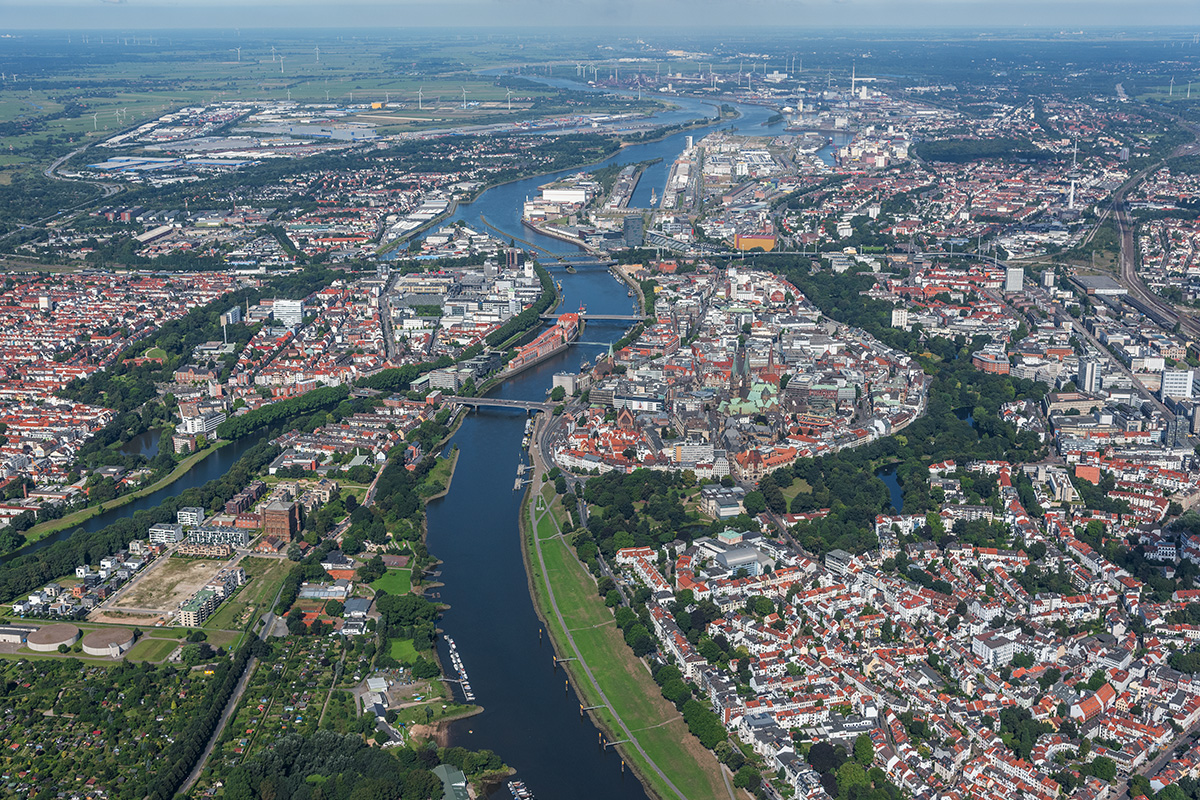
Die Stadtgemeinde Bremen ist die Hauptstadt des Landes Freie Hansestadt Bremen (kurz ebenfalls „Bremen“,  Aussprache?/i). Zu dem Zwei-Städte-Staat gehört neben Bremen noch das 53 km[2] nördlich gelegene Bremerhaven. Die Stadtgemeinde Bremen ist mit rund 566.000 Einwohnern die elftgrößte Stadt in Deutschland. Bremen gehört zur Europäischen Metropolregion Bremen/Oldenburg mit gut 2,7 Mio. Einwohnern, einer von insgesamt elf Europäischen Metropolregionen in Deutschland.
Aussprache?/i). Zu dem Zwei-Städte-Staat gehört neben Bremen noch das 53 km[2] nördlich gelegene Bremerhaven. Die Stadtgemeinde Bremen ist mit rund 566.000 Einwohnern die elftgrößte Stadt in Deutschland. Bremen gehört zur Europäischen Metropolregion Bremen/Oldenburg mit gut 2,7 Mio. Einwohnern, einer von insgesamt elf Europäischen Metropolregionen in Deutschland.
Das Stadtbremische Überseehafengebiet Bremerhaven ist eine Exklave der Stadt Bremen innerhalb von Bremerhaven.
不来梅(德语:Bremen,国际音标:[ˈbʁeːmən](![]() 发音)),是德国最小的联邦州不来梅州的州府、德国第二大港口城市和第五大工业城市。不来梅的支柱性产业包括食品加工、航天航空、航运物流、汽车制造、贸易、新能源等行业。[1]
发音)),是德国最小的联邦州不来梅州的州府、德国第二大港口城市和第五大工业城市。不来梅的支柱性产业包括食品加工、航天航空、航运物流、汽车制造、贸易、新能源等行业。[1]
不来梅州由不来梅和往北60公里以外的不来梅哈芬两个城市组成。不来梅在不来梅-奥尔登堡大都市圈内,德国有欧盟认定的11个大都市圈。不来梅哈芬市的远洋港区实际上被划归不来梅市,它是不来梅市的一块飞地。
德国北部城市不来梅具有悠久的历史,早在公元8世纪,不来梅即已建城。1260年不来梅加入汉萨同盟,中世纪后期与汉堡、吕贝克等几个重要的汉萨城市控制着北海和波罗的海沿岸的商业通道 。1646年不来梅成为自由帝国城市,不属于任何领主,由帝国直辖,因此不来梅全称为“自由汉萨城市不来梅”。
现在,不来梅人口66万,它是德国不来梅州的州府、第二大港口城市、第五大工业城市和西北部的中心。不来梅的优势产业包括汽车汽配、食品加工、航天航空、航运物流、贸易、新能源等行业。 不来梅州的另一座城市不来梅哈芬(即不来梅港市)位于威悉河入海口,建于1827年,它与不来梅市相距约60公里。
ブレーメン(Bremen)は、ドイツの大都市で、自由ハンザ都市ブレーメン(通常ブレーメン州と呼ばれる)の州都。ドイツに11あるヨーロッパ大都市圏の1つであるブレーメン/オルデンブルク大都市圏に属している。 ブレーメンはヴェーザー川の両岸に位置している。ヴェーザー川が北海に注ぐ河口の位置するブレーマーハーフェン(ブレーメン州に属する)から上流に約60km遡った地点に位置する。ブレーメン旧市街の上方でヴェーザー川は中流から下流に変わる。オクトゥム川が合流する付近からのウンターヴェーザー左岸一帯をヴェーザーマルシュと称する。同じくヴェーザー川下流の右岸はエルベ=ヴェーザー=ドライエックに属す。ヴュンメ川とハンメ川が合流してできたレーズム川、シェーネベッカー川、ブルーメンターラー・アウエがここから下流側の支流である。
市域は川沿いに長さ約38km, 幅約16kmである。市境の全長は136.5kmである。ブレーメンは広さでドイツ10位、人口で11位の都市であるが、北ドイツではハンブルクに次いで2番目、北西ドイツでは最大の都市である。これはヨーロッパで74番目、EU加盟国中では44番目にあたる。
ブレーメンはオルデンブルクの東約50km, ハンブルクの南西110km, ハノーファーの北西120km, ミンデンの北100km, オスナブリュックの北東105kmにあたる。
The City Municipality of Bremen (German: Stadtgemeinde Bremen, IPA: [ˌʃtatɡəmaɪndə ˈbʁeːmən] ( listen)) is a Hanseatic city in northwestern Germany, which belongs to the Free Hanseatic City of Bremen (also called just "Bremen" for short), a federal state of Germany.
listen)) is a Hanseatic city in northwestern Germany, which belongs to the Free Hanseatic City of Bremen (also called just "Bremen" for short), a federal state of Germany.
As a commercial and industrial city with a major port on the River Weser, Bremen is part of the Bremen/Oldenburg Metropolitan Region, with 2.5 million people. Bremen is the most populous city in Northern Germany and eleventh in Germany.[3]
Bremen is a major cultural and economic hub in the northern regions of Germany. Bremen is home to dozens of historical galleries and museums, ranging from historical sculptures to major art museums, such as the Übersee-Museum Bremen.[4] Bremen has a reputation as a working-class city.[5] Bremen is home to a large number of multinational companies and manufacturing centers. Companies headquartered in Bremen include the Hachez chocolate company and Vector Foiltec.[6] Four-time German football champions Werder Bremen are also based in the city. Weder Bremen share long feuds with the rival team in the neighbouring city of Hamburg, HSV with brawls at almost every match.
Bremen is some 60 km (37 mi) south of the mouth of the Weser on the North Sea. Bremen and Bremerhaven (at the mouth of the Weser) together comprise the state of the Free Hanseatic City of Bremen (official German name: Freie Hansestadt Bremen).
Brême (en allemand : Bremen [ˈbʁeːmən] Écouter), ou en forme longue Municipalité de Brême (Stadtgemeinde Bremen), est une ville hanséatique de 550 000 habitants du Nord-Ouest de l'Allemagne. C'est une ville portuaire située le long du fleuve Weser, à environ 60 km au sud de son estuaire en mer du Nord. Brême constitue l'une des deux villes enclavées dans le Land de Basse-Saxe appartenant à celui de Brême (nom officiel : Freie Hansestadt Bremen, c'est-à-dire « ville hanséatique libre de Brême », qui rappelle l'adhésion de la ville à la Ligue hanséatique, l'autre étant Bremerhaven. En 2005, on estimait la population de la ville à 545 983 habitants, l'aire métropolitaine de Brême ayant une population de 1 184 407 habitants (source datapopulation).
Brema (in tedesco Bremen, pronunciato /'bʁe:mən/) è una città situata nel Nord della Germania.
La città di Brema è la capitale dello Stato di Brema al quale appartiene anche la cittadina di Bremerhaven (55 km circa a Nord di Brema) ed è sede della maggior parte degli organi governativi ed amministrativi dello stato omonimo.
Ufficialmente, Brema si fregia del titolo di "comune urbano" (Stadtgemeinde Bremen), mentre il titolo "Libera Città Anseatica di Brema" (in tedesco Freie Hansestadt Bremen) invece si associa all'insieme dei due comuni cioè allo Stato di Brema (art. 64 della Costituzione dello Stato di Brema). Tale distinzione è tuttavia in gran parte solo formale, poiché le autorità del comune e dello Stato spesso coincidono. Cambiano invece la composizione del consiglio comunale e del Parlamento dello Stato di Brema, in quanto quest'ultimo comprende anche i deputati provenienti dal comune di Bremerhaven. Da quando i cittadini di paesi UE residenti nello Stato di Brema hanno diritto di voto alle elezioni comunali, a loro, a seconda della loro residenza, è permesso soltanto l'elezione dei consiglieri della città-comune di Brema o di quelli del comune di Bremerhaven, mentre non possono eleggere i deputati del parlamento dello Stato di Brema.
Bremen ( [ˈbʁeːmən] (?·i); tradicionalmente en español Brema), ciudad en el noroeste de Alemania, forma junto con el puerto de Bremen o Bremerhaven (60 km al NO) la Ciudad Libre Hanseática de Bremen o Estado de Bremen, uno de los 16 estados federados que forman la República Federal de Alemania, del cual es la capital. La ciudad alberga unos 550.000 habitantes, mientras que el área urbana tiene unos 900.000 habitantes. El área metropolitana Bremen-Oldenburg tiene alrededor de 2,3 millones de habitantes. El nombre tradicional en castellano es Brema, pero hoy en día está en desuso.
[ˈbʁeːmən] (?·i); tradicionalmente en español Brema), ciudad en el noroeste de Alemania, forma junto con el puerto de Bremen o Bremerhaven (60 km al NO) la Ciudad Libre Hanseática de Bremen o Estado de Bremen, uno de los 16 estados federados que forman la República Federal de Alemania, del cual es la capital. La ciudad alberga unos 550.000 habitantes, mientras que el área urbana tiene unos 900.000 habitantes. El área metropolitana Bremen-Oldenburg tiene alrededor de 2,3 millones de habitantes. El nombre tradicional en castellano es Brema, pero hoy en día está en desuso.
Бре́мен (нем. Bremen [ˈbʁeːmən]), (произношение (инф.)) — город на северо-западе Германии. Вместе с Бремерхафеном входит в состав земли Вольный ганзейский город Бремен. Бремен с населением 551 767 жителей (2015 год) является десятым по величине городом Германии.

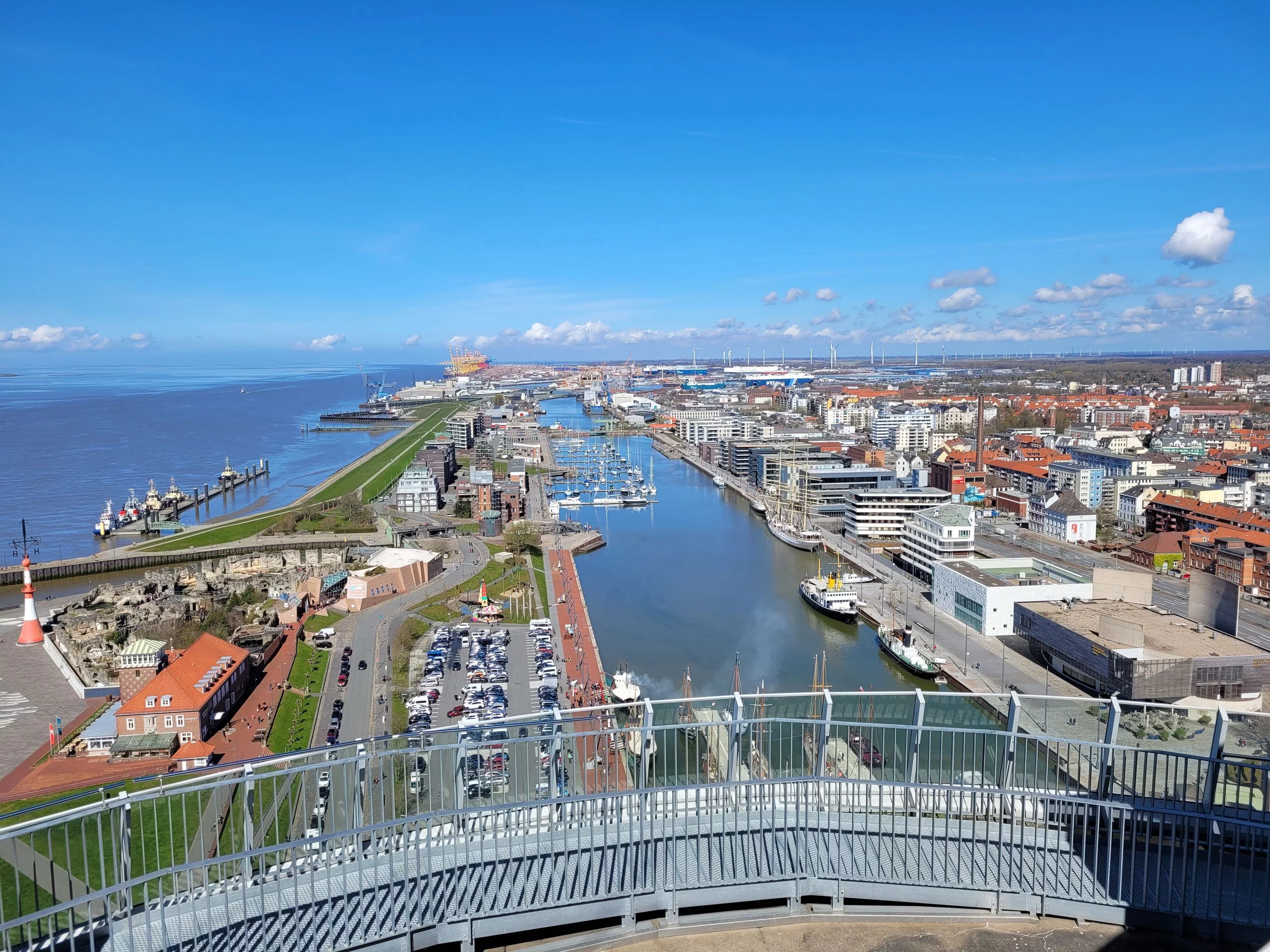

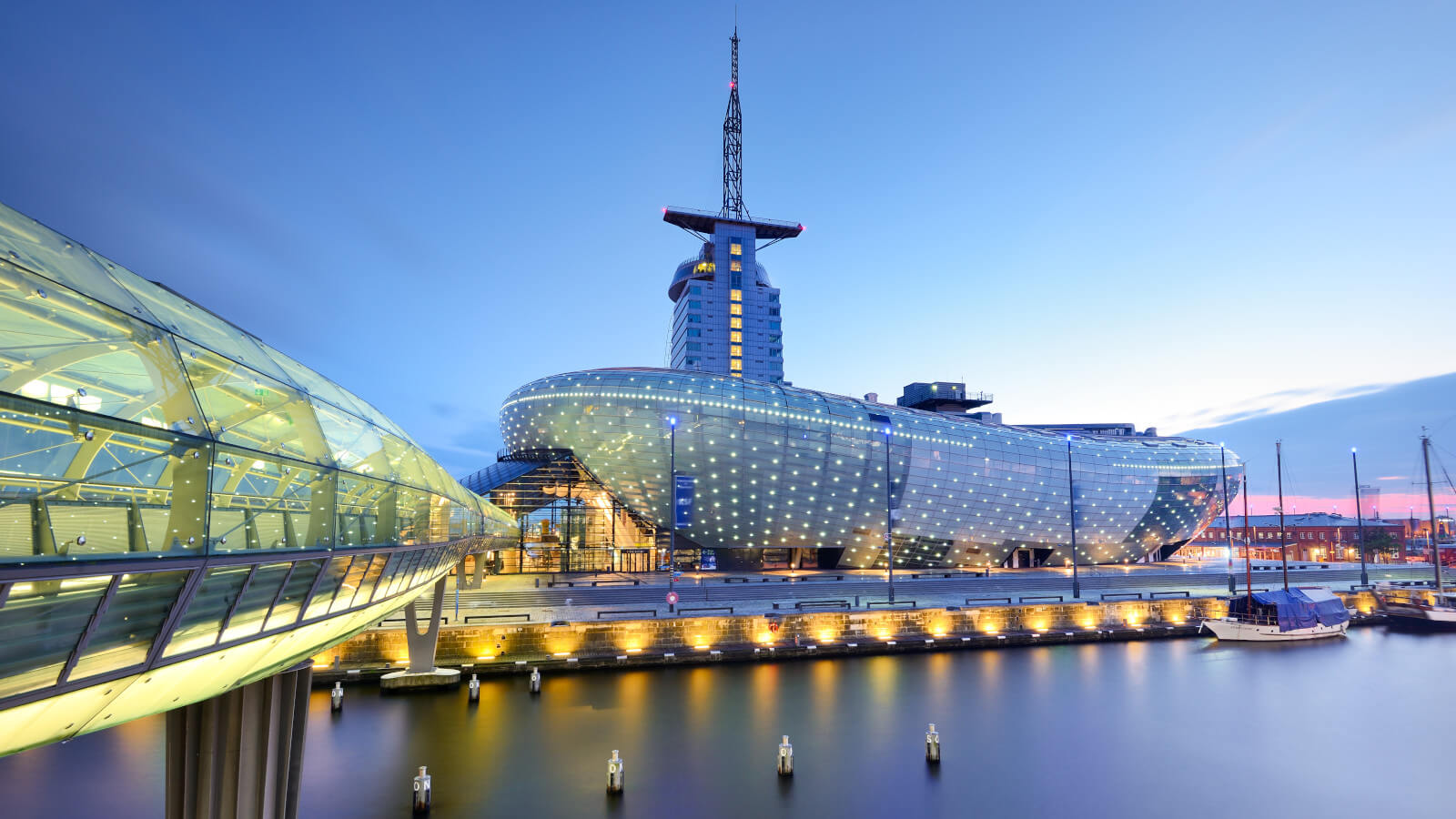
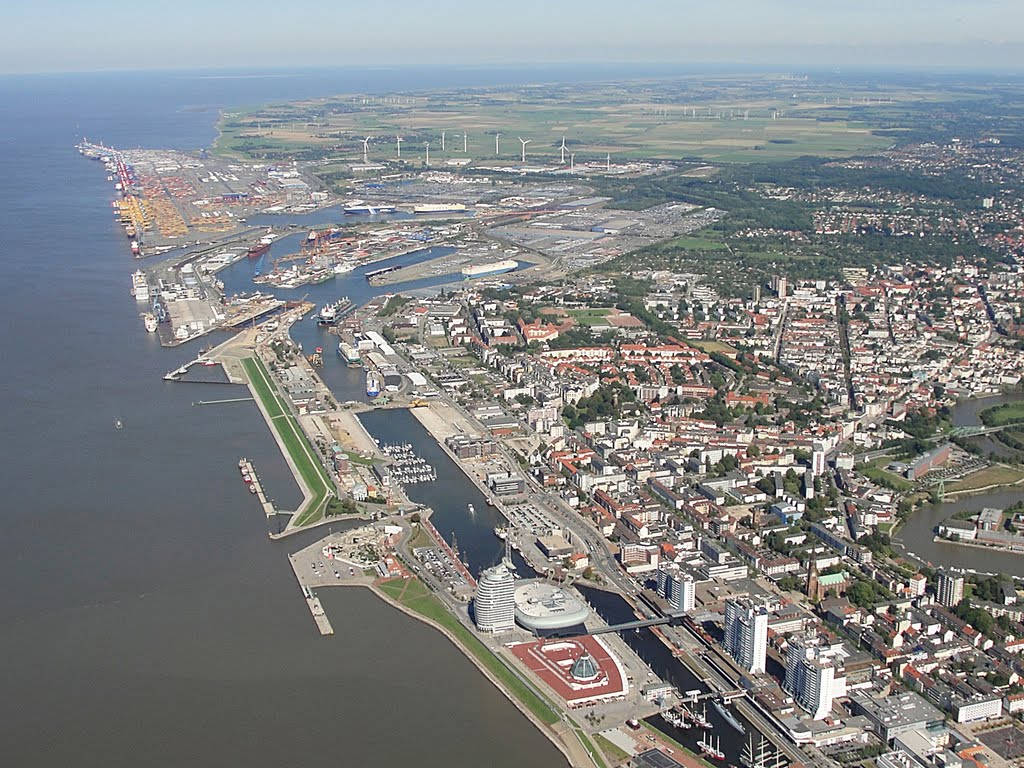
Bremerhaven (niederdeutsch Bremerhoben) ist eine kreisfreie Stadt am Westrand des Elbe-Weser-Dreiecks, das in die Nordsee übergeht. Sie liegt länglich an der Unter- und Außenweser, gegründet wurde sie 1827. Als Exklave gehört sie zum Land Freie Hansestadt Bremen. Die Großstadt ist Teil der Metropolregion Nordwest. Landseitig umschlossen ist sie vom Landkreis Cuxhaven, für den sie das Oberzentrum darstellt. Die Geschichte der Häfen in Bremerhaven beginnt 1830 mit dem Alten Hafen. Mittlerweile ist Bremerhaven nicht mehr nur eine Hafen-, Handels- und Industriestadt, sondern durch den regionalen Strukturwandel auch eine Dienstleistungs- und Wissensstadt mit Tourismus. Die Hochschule Bremerhaven und mehrere Institute und Technologiezentren bilden im Verbund mit den Bremer Wissensstandorten ein Zentrum europäischer Spitzentechnologie. Bekannt sind der Leuchtturm Bremerhaven, das Deutsche Schifffahrtsmuseum, das Deutsche Auswandererhaus und das Klimahaus Bremerhaven.
Bremerhaven bezeichnet sich als Seestadt, da der sich öffnende Mündungstrichter der Weser diesen Eindruck vermittelt.
不来梅哈芬(德语:Bremerhaven,德语发音:[bʁeːmɐˈhaːfən] (ⓘ))位于德国西北部威悉河的入海口,与不来梅组成了德国最小的联邦州不来梅州,两市之间有60公里的距离。它是位于易北河和威悉河下游之间的“易北-威悉三角地带”的中心城市,也是德国北海沿海城市中唯一一个人口超过十万的大型城市。不来梅哈芬是欧盟划定的“不来梅-奥尔登堡大都市圈”的城市之一,处在与“汉堡大都市圈”的临界线上。
依靠它的远洋港区,不来梅哈芬是德国主要的出口门户,同时跻身欧洲最大的港口城市之列。此外,它还是德国重要的科研中心,2005年被德国科学基金会协会评为“科学城”。
Die Stadtgemeinde Bremen ist die Hauptstadt des Landes Freie Hansestadt Bremen (kurz ebenfalls „Bremen“, ). Zu dem Zwei-Städte-Staat gehört neben Bremen noch das 53 km[2] nördlich gelegene Bremerhaven. Die Stadtgemeinde Bremen ist mit rund 566.000 Einwohnern die elftgrößte Stadt in Deutschland. Bremen gehört zur Europäischen Metropolregion Bremen/Oldenburg mit gut 2,7 Mio. Einwohnern, einer von insgesamt elf Europäischen Metropolregionen in Deutschland.
Das Stadtbremische Überseehafengebiet Bremerhaven ist eine Exklave der Stadt Bremen innerhalb von Bremerhaven.
不来梅(德语:Bremen,国际音标:[ˈbʁeːmən](![]() 发音)),是德国最小的联邦州不来梅州的州府、德国第二大港口城市和第五大工业城市。不来梅的支柱性产业包括食品加工、航天航空、航运物流、汽车制造、贸易、新能源等行业。[1]
发音)),是德国最小的联邦州不来梅州的州府、德国第二大港口城市和第五大工业城市。不来梅的支柱性产业包括食品加工、航天航空、航运物流、汽车制造、贸易、新能源等行业。[1]
不来梅州由不来梅和往北60公里以外的不来梅哈芬两个城市组成。不来梅在不来梅-奥尔登堡大都市圈内,德国有欧盟认定的11个大都市圈。不来梅哈芬市的远洋港区实际上被划归不来梅市,它是不来梅市的一块飞地。
ブレーメン(Bremen)は、ドイツの大都市で、自由ハンザ都市ブレーメン(通常ブレーメン州と呼ばれる)の州都。ドイツに11あるヨーロッパ大都市圏の1つであるブレーメン/オルデンブルク大都市圏に属している。 ブレーメンはヴェーザー川の両岸に位置している。ヴェーザー川が北海に注ぐ河口の位置するブレーマーハーフェン(ブレーメン州に属する)から上流に約60km遡った地点に位置する。ブレーメン旧市街の上方でヴェーザー川は中流から下流に変わる。オクトゥム川が合流する付近からのウンターヴェーザー左岸一帯をヴェーザーマルシュと称する。同じくヴェーザー川下流の右岸はエルベ=ヴェーザー=ドライエックに属す。ヴュンメ川とハンメ川が合流してできたレーズム川、シェーネベッカー川、ブルーメンターラー・アウエがここから下流側の支流である。
市域は川沿いに長さ約38km, 幅約16kmである。市境の全長は136.5kmである。ブレーメンは広さでドイツ10位、人口で11位の都市であるが、北ドイツではハンブルクに次いで2番目、北西ドイツでは最大の都市である。これはヨーロッパで74番目、EU加盟国中では44番目にあたる。
ブレーメンはオルデンブルクの東約50km, ハンブルクの南西110km, ハノーファーの北西120km, ミンデンの北100km, オスナブリュックの北東105kmにあたる。
The City Municipality of Bremen (German: Stadtgemeinde Bremen, IPA: [ˌʃtatɡəmaɪndə ˈbʁeːmən] (![]() listen)) is a Hanseatic city in northwestern Germany, which belongs to the Free Hanseatic City of Bremen (also called just "Bremen" for short), a federal state of Germany.
listen)) is a Hanseatic city in northwestern Germany, which belongs to the Free Hanseatic City of Bremen (also called just "Bremen" for short), a federal state of Germany.
As a commercial and industrial city with a major port on the River Weser, Bremen is part of the Bremen/Oldenburg Metropolitan Region, with 2.5 million people. Bremen is the most populous city in Northern Germany and eleventh in Germany.[3]
Bremen is a major cultural and economic hub in the northern regions of Germany. Bremen is home to dozens of historical galleries and museums, ranging from historical sculptures to major art museums, such as the Übersee-Museum Bremen.[4] Bremen has a reputation as a working-class city.[5] Bremen is home to a large number of multinational companies and manufacturing centers. Companies headquartered in Bremen include the Hachez chocolate company and Vector Foiltec.[6] Four-time German football champions Werder Bremen are also based in the city. Weder Bremen share long feuds with the rival team in the neighbouring city of Hamburg, HSV with brawls at almost every match.
Bremen is some 60 km (37 mi) south of the mouth of the Weser on the North Sea. Bremen and Bremerhaven (at the mouth of the Weser) together comprise the state of the Free Hanseatic City of Bremen (official German name: Freie Hansestadt Bremen).
Brême (en allemand : Bremen [ˈbʁeːmən] Écouter), ou en forme longue Municipalité de Brême (Stadtgemeinde Bremen), est une ville hanséatique de 550 000 habitants du Nord-Ouest de l'Allemagne. C'est une ville portuaire située le long du fleuve Weser, à environ 60 km au sud de son estuaire en mer du Nord. Brême constitue l'une des deux villes enclavées dans le Land de Basse-Saxe appartenant à celui de Brême (nom officiel : Freie Hansestadt Bremen, c'est-à-dire « ville hanséatique libre de Brême », qui rappelle l'adhésion de la ville à la Ligue hanséatique, l'autre étant Bremerhaven. En 2005, on estimait la population de la ville à 545 983 habitants, l'aire métropolitaine de Brême ayant une population de 1 184 407 habitants (source datapopulation).
Brema (in tedesco Bremen, pronunciato /'bʁe:mən/) è una città situata nel Nord della Germania.
La città di Brema è la capitale dello Stato di Brema al quale appartiene anche la cittadina di Bremerhaven (55 km circa a Nord di Brema) ed è sede della maggior parte degli organi governativi ed amministrativi dello stato omonimo.
Ufficialmente, Brema si fregia del titolo di "comune urbano" (Stadtgemeinde Bremen), mentre il titolo "Libera Città Anseatica di Brema" (in tedesco Freie Hansestadt Bremen) invece si associa all'insieme dei due comuni cioè allo Stato di Brema (art. 64 della Costituzione dello Stato di Brema). Tale distinzione è tuttavia in gran parte solo formale, poiché le autorità del comune e dello Stato spesso coincidono. Cambiano invece la composizione del consiglio comunale e del Parlamento dello Stato di Brema, in quanto quest'ultimo comprende anche i deputati provenienti dal comune di Bremerhaven. Da quando i cittadini di paesi UE residenti nello Stato di Brema hanno diritto di voto alle elezioni comunali, a loro, a seconda della loro residenza, è permesso soltanto l'elezione dei consiglieri della città-comune di Brema o di quelli del comune di Bremerhaven, mentre non possono eleggere i deputati del parlamento dello Stato di Brema.
Bremen (![]() [ˈbʁeːmən] (?·i); tradicionalmente en español Brema), ciudad en el noroeste de Alemania, forma junto con el puerto de Bremen o Bremerhaven (60 km al NO) la Ciudad Libre Hanseática de Bremen o Estado de Bremen, uno de los 16 estados federados que forman la República Federal de Alemania, del cual es la capital. La ciudad alberga unos 550.000 habitantes, mientras que el área urbana tiene unos 900.000 habitantes. El área metropolitana Bremen-Oldenburg tiene alrededor de 2,3 millones de habitantes. El nombre tradicional en castellano es Brema, pero hoy en día está en desuso.
[ˈbʁeːmən] (?·i); tradicionalmente en español Brema), ciudad en el noroeste de Alemania, forma junto con el puerto de Bremen o Bremerhaven (60 km al NO) la Ciudad Libre Hanseática de Bremen o Estado de Bremen, uno de los 16 estados federados que forman la República Federal de Alemania, del cual es la capital. La ciudad alberga unos 550.000 habitantes, mientras que el área urbana tiene unos 900.000 habitantes. El área metropolitana Bremen-Oldenburg tiene alrededor de 2,3 millones de habitantes. El nombre tradicional en castellano es Brema, pero hoy en día está en desuso.
Бре́мен (нем. Bremen [ˈbʁeːmən]), (произношение ) — город на северо-западе Германии. Вместе с Бремерхафеном входит в состав земли Вольный ганзейский город Бремен. Бремен с населением 551 767 жителей (2015 год) является десятым по величине городом Германии.



Budapest (ungarische Aussprache ['budɒpɛʃt];  anhören?/i) ist die Hauptstadt und zugleich größte Stadt Ungarns. Mit über 1,7 Millionen Einwohnern ist Budapest die zehntgrößte Stadt der Europäischen Union. Laut dem britischen Marktforschungsunternehmen Euromonitor International gehört sie zu den zwanzig am häufigsten von Touristen besuchten Städten Europas.[3] Die Einheitsgemeinde Budapest entstand 1873 durch die Zusammenlegung der zuvor selbstständigen Städte Buda (dt. Ofen), Óbuda (Alt-Ofen), beide westlich der Donau, und Pest östlich der Donau. Der Name Budapest selbst tauchte zuvor nicht auf, üblich im Sprachgebrauch war Pest-Buda.
anhören?/i) ist die Hauptstadt und zugleich größte Stadt Ungarns. Mit über 1,7 Millionen Einwohnern ist Budapest die zehntgrößte Stadt der Europäischen Union. Laut dem britischen Marktforschungsunternehmen Euromonitor International gehört sie zu den zwanzig am häufigsten von Touristen besuchten Städten Europas.[3] Die Einheitsgemeinde Budapest entstand 1873 durch die Zusammenlegung der zuvor selbstständigen Städte Buda (dt. Ofen), Óbuda (Alt-Ofen), beide westlich der Donau, und Pest östlich der Donau. Der Name Budapest selbst tauchte zuvor nicht auf, üblich im Sprachgebrauch war Pest-Buda.
Budapest liegt an der Donau, die an dieser Stelle das ungarische Mittelgebirge verlässt und in das ungarische Tiefland fließt. Die höchste Erhebung in Budapest ist der zu den Budaer Bergen zählende 527 Meter hohe János-Berg (ungarisch János-hegy). Weitere Budaer Berge sind der Gellértberg (Gellért-hegy), der Burgberg (Várhegy), der Rosenhügel (Rózsadomb), der Sonnenberg (Naphegy), der Adlerberg (Sashegy), der Martinsberg (Mártonhegy), der Schwabenberg (Svábhegy) und der Széchenyiberg (Széchenyi-hegy). Geotektonisch gesehen liegt die Stadt auf einer Bruchstelle, deshalb ist besonders Buda so reich an Thermalquellen.
Budapests Geschichte beginnt um 89 mit der Gründung eines römischen Militärlagers in ehemals vom keltischen Stamm der Eravisker besiedeltem Gebiet. In der Folge entstand um das Lager die römische Siedlung Aquincum, die zwischen 106 und 296 Hauptstadt der Provinz Pannonia inferior war. Unter römischer Herrschaft prosperierte die Stadt, es lassen sich ein Statthalterpalast, mehrere Amphitheater und Bäder nachweisen, außerdem wurde die an der gefährdeten römischen Donaugrenze gelegene Stadt mit einer Mauer versehen.
Die später christianisierten und sesshaft gewordenen Ungarn wohnten in Dörfern mit Kirchen und betrieben Ackerbau und Viehzucht. Im Zentrum wichtiger Verkehrswege gewann Pest immer mehr an Bedeutung. Bereits zu dieser Zeit entstand über die Donau (etwa bei der heutigen Elisabethbrücke) ein reger Fährverkehr zum gegenüberliegenden Buda. Mit der Krönung Stephans I. (am Weihnachtstag 1000 oder 1. Januar 1001) zum ersten König von Ungarn bauten die Ungarn ihre Vorherrschaft aus. Durch den Einfall der Mongolen („Mongolensturm“) 1241 kam es nach der Schlacht bei Muhi fast zur völligen Zerstörung. Die königliche Residenz wurde zunächst nach Visegrád verlegt. 1308 wurde die Stadt erneuert und 1361 Hauptstadt des Königreiches. 1514 fand ein Bauernaufstand statt.
布达佩斯(匈牙利语:Budapest,发音:'budɒpɛʃt)是匈牙利首都[6],也是该国主要的政治、商业、运输中心和最大的城市[7],也被认为是东欧一个重要的中继站[8]。布达佩斯的人口在1980年代中期曾达到高峰207万(布达佩斯都会区人口达到2,451,418人[9]),目前仅有约170万居民,它是欧洲联盟第七大城市。该市是在1873年由位于多瑙河右岸(西岸)的城市布达和古布达以及左岸(东岸)城市佩斯合并而成的[10][11]。此前没有布达佩斯这个称呼,过去人们一般将它称为佩斯-布达(Pest-Buda)。
布达佩斯有记载的历史开始于罗马帝国89年建立的的一个城堡阿奎库以及它北部产生的居民区,这个居民区位于今天的老布达。当时当地的居民主要是凯尔特人。从106年开始一直到4世纪阿奎库是潘诺尼亚省的省会,它位于潘诺尼亚的自然边界多瑙河上。其城堡对于罗马帝国来说有重要的地位,因此自然成为总督的驻地。107年哈德良开始在这里建造总督宫殿。
从1526年开始哈布斯堡王朝获得了匈牙利国王的位置。哈布斯堡王朝终于战胜了奥斯曼帝国恢复了匈牙利。但是布达与佩斯的处境并没有任何变化,统治它们的依然是外族人,而且它们的居民依然必须负很高的税。市内爆发市民暴动,但是被镇压。1723年佩斯成为王国政府的驻地。1838年佩斯发大水,七万人丧生。虽然如此佩斯依然是18世纪和19世纪发展最快的城市。到1800年,佩斯的人口在一个世纪里增长了20倍,达到600,000人。1780年哈布斯堡王朝设定德语为官方语言,试图以此来控制当地不断爆发的暴动。同时他们从德国向匈牙利移民。佩斯城内大多数居民是德国人。由于布达和佩斯市内有各种民族的人生活,而每个民族对这两座城市都有自己的名字,因此布达佩斯今天在许多语言中均有自己的名字。
ブダペストまたはブダペシュト(ハンガリー語: Budapest, 英語:[ˈbuːdəpɛst], [ˈbuːdəpɛʃt] or [ˈbʊdəpɛst]; ハンガリー語発音: [ˈbudɒpɛʃt] (![]() 音声ファイル))は、ハンガリーの首都であり、同国最大の都市である[2]。
音声ファイル))は、ハンガリーの首都であり、同国最大の都市である[2]。
「ブダペスト」として一つの市でドナウ川の両岸を占めるようになったのは1873年11月17日に西岸のブダとオーブダ、東岸のペストが合併してからである[3][4]。
ドナウ川河畔に位置し、ハンガリーの政治、文化、商業、産業、交通の一大中心都市で[5]、東・中央ヨーロッパ (en) では最大、欧州連合の市域人口では8番目に大きな都市である。しばしばハンガリーのプライメイトシティとも表現される[6]。
ブダペストの市域面積は525km2 (202.7 sq mi)[3]で、2011年の国勢調査によるブダペストの人口は174万人[7]、ピークであった1989年の210万人より減少している[8]。これは、ブダペスト周辺部の郊外化によるものである[9]。ブダペスト都市圏(通勤圏)の人口は330万人である[10][11]。
ブダペストの歴史の始まりはローマ帝国のアクインクムとしてで、もともとはケルト人の集落であった[12][13]。アクインクムは古代ローマの低パンノニア属州の首府となっている[12]。マジャル人がブダペスト周辺にやって来たのは[14]9世紀頃である。最初の集落は1241年から1242年にかけてモンゴルの襲来 (en) により略奪された[15]。15世紀に[16]町が再建されるとブダペストはルネサンス期の人文主義者文化の中心となった[17]。続いてモハーチの戦いが起こり、オスマン帝国による150年間の支配が続き[18]、18世紀、19世紀に新しい時代に入ると町は発展し繁栄する。ブダペストは1873年にドナウ川を挟んだ都市の合併が行われると、世界都市となる[19]。また、1848年から1918年の第一次世界大戦勃発まで列強に含まれたオーストリア=ハンガリー帝国のウィーンに続く第二の首都であった。1920年のトリアノン条約によりハンガリーは国土の72%を失い、ハンガリーの文化や経済をブダペストがすべてを占めるようになった。ブダペストはその大きさや人口で圧倒的に優位に立ち、ハンガリーの他の都市を小さく見せていた[20]。ブダペストはハンガリー革命 (1848年)や1919年のハンガリー評議会共和国、1944年のパンツァーファウスト作戦、1945年のブダペスト包囲戦、1956年のハンガリー動乱など数々の歴史的な舞台の場でもあった。
ブダペストはヨーロッパでも最も美しい街の一つで[2][21][22]、ドナウ川河岸を含め世界遺産が広がりブダ城やアンドラーシ通り、英雄広場は良く知られている。ブダペスト地下鉄1号線Millenniumi Földalatti Vasútはロンドン地下鉄に次いで世界で2番目に古い地下鉄である[21][23]。ブダペストの他のハイライトはセーチェーニ温泉を含めた80の温泉で[24]世界でも最大の地下熱水系統がある[25]。世界で3番目に大きなシナゴーグであるドハーニ街シナゴーグや国会議事堂などもブダペストの見所である。ブダペストの観光客数は年間270万人に上り、ロンドンにある民間調査機関ユーロモニターによればブダペストは世界で37番目に旅行者が多い観光地であるとされている[26]。
Budapest /ˈbuːdəpɛst/ is the capital and the most populous city of Hungary, and the tenth-largest city in the European Union by population within city limits.[9][10][11] The city had an estimated population of 1,752,704 in 2016 distributed over a land area of about 525 square kilometres (203 square miles).[12] Budapest is both a city and county, and forms the centre of the Budapest metropolitan area, which has an area of 7,626 square kilometres (2,944 square miles) and a population of 3,303,786, comprising 33 percent of the population of Hungary.[13][14]
The history of the city began when an early Celtic settlement transformed into a Roman town of Aquincum,[15][16] the capital of Lower Pannonia.[15] The Hungarians arrived in the territory in the late 9th century.[17] By the 11th century, Buda and Óbuda (Old Buda) became the names of their settlements on the west bank of the river Danube, with a formerly Slavic and then German settlement Pest on the opposite side.[3][18] The area was pillaged by the Mongols in 1241.[18] The Battle of Mohács in 1526 was followed by nearly 150 years of Ottoman rule.[19] After the reconquest of Buda in 1686, the region entered a new age of prosperity. Pest-Buda became a global city with the unification of Buda, Óbuda, and Pest on November 17, 1873, with the name 'Budapest' given to the new capital.[12][20] Budapest also became the co-capital of the Austro-Hungarian Empire,[21] a great power that dissolved in 1918, following World War I. The city was the focal point of the Hungarian Revolution of 1848, the Battle of Budapest in 1945, and the Hungarian Revolution of 1956.[22][23]
Budapest is a Beta+ global city with strengths in commerce, finance, media, art, fashion, research, technology, education, and entertainment.[24][25] It is Hungary's financial centre[26] and the highest ranked Central and Eastern European city on Innovation Cities Top 100 index,[27][28][29] as well ranked as the second fastest-developing urban economy in Europe.[30] Budapest is host to many major international organization's regional offices, including the United Nations and ICDT,[31] furthermore it is the headquarters of the European Institute of Innovation and Technology,[32] the European Police College[33] and the first foreign office of the China Investment Promotion Agency.[34] Over 40 colleges and universities are located in Budapest, including the Eötvös Loránd University, Semmelweis University and the notable Budapest University of Technology and Economics.[35][36] Opened in 1896,[37] the city's subway system, the Budapest Metro, serves 1.27 million, while the Budapest Tram Network serves 1.08 million passengers daily.[38]
Budapest is cited as one of the most beautiful cities in Europe,[9][39][40] ranked as "the world's second best city" by Condé Nast Traveler,[41] and "Europe's 7th most idyllic place to live" by Forbes.[42] Among Budapest's important museums and cultural institutions is the Museum of Fine Arts. Further famous cultural institutions are the Hungarian National Museum, House of Terror, Franz Liszt Academy of Music, Hungarian State Opera House and National Széchényi Library. The central area of the city along the Danube River is classified as a UNESCO World Heritage Site and has many notable monuments, including the Hungarian Parliament, Buda Castle, Fisherman's Bastion, Gresham Palace, Széchenyi Chain Bridge, Matthias Church and the Liberty Statue.[43] Other famous landmarks include Andrássy Avenue, St. Stephen's Basilica, Heroes' Square, the Great Market Hall, the Nyugati Railway Station built by the Eiffel Company of Paris in 1877 and the second-oldest metro line in the world, the Millennium Underground Railway.[39] The city also has around 80 geothermal springs,[44] the largest thermal water cave system,[45] second largest synagogue, and third largest Parliament building in the world.[46] Budapest attracts 4.4 million international tourists per year, making it a popular destination in Europe.[47]
Budapest (prononcé [by.da.ˈpɛst] , hongrois : Budapest [ˈbu.dɒ.pɛʃt] Écouter ; allemand : Budapest ou anciennement Ofen-Pesth) est la plus grande ville et la capitale de la Hongrie. Elle se situe en aval du coude du Danube entre le massif de Transdanubie et l'Alföld. Ses habitants sont les Budapestois (en hongrois, budapesti, -ek).
La ville actuelle est créée en 1873 par la fusion de Buda — alors capitale de la Hongrie — de Pest et d'Óbuda1. Elle a pour origine le site d'Aquincum2, un point de peuplement celte3 devenu capitale de la Pannonie inférieure pendant l'époque romaine3. Les Magyars arrivent dans la région au IXe siècle. Leur premier point d'implantation est pillé par les Mongols en 1241-12424. La ville est reconstruite et devient l'un des centres de la culture humaniste de la Renaissance5 au XVe siècle6. Après près de 150 ans de domination ottomane, elle poursuit son développement et connaît son apogée avec l'épanouissement de l'ère industrielle aux XVIIIe et XIXe siècles. Après la fusion de 1873 et l'accession de la ville au rang de seconde capitale de l'Autriche-Hongrie, Budapest atteint les proportions et les caractéristiques d'une ville mondiale7. Marquée par les différentes traces léguées par l'histoire, Budapest a notamment été l'épicentre de la révolution hongroise de 1848, de la République des conseils de Hongrie de 1919, de l'opération Panzerfaust en 1944, de la bataille de Budapest de 1945 et de l'insurrection de 1956.
Considérée comme l'une des plus belles villes d'Europe et comme la « perle » du Danube8,1,9, son panorama, le quartier du château de Buda, l'avenue Andrássy et le métropolitain du Millénaire figurent au patrimoine mondial de l'UNESCO8,10. Destination touristique importante, la ville attire plus de 4,3 millions de visiteurs par an11.
Plus grande ville du pays, elle en est le principal centre politique, culturel, commercial et industriel. Elle abrite le Parlement hongrois, les bâtiments ministériels et les ambassades du pays ainsi que les sièges sociaux des entreprises installées en Hongrie. Son ancien statut de cocapitale de l'Autriche-Hongrie lui confère un rayonnement important dans la Mitteleuropa. La partition du royaume de Hongrie à la suite du traité de Trianon en 1920 en fait une ville démesurée pour la Hongrie dans ses frontières actuelles. La macrocéphalie dont est atteinte la ville se concrétise par la convergence de la plupart des réseaux routiers et ferroviaires du pays en son centre et des écarts démographiques et économiques disproportionnés entre la capitale et la province12 (près de 20 % de la population hongroise est budapestoise). Avec ses 1 702 297 habitants13 (l'aire urbaine en compte 2 524 697), Budapest est également la ville la plus peuplée d'Europe centrale (si l'on exclut Berlin de l'Europe centrale). Elle en est également considérée du point de vue des échanges économiques comme une importante plaque tournante14. Budapest abrite le siège de l'Institut européen d'innovation et de technologie (IET)15.
Budapest (IPA: [ˈbudɒpɛʃt]; pronuncia italiana moderna: /ˈbudapest/[1]) è la capitale e la maggiore città dell'Ungheria.
Amministrata come un comune autonomo, costituisce inoltre il centro primario del Paese per la vita politica, economica e culturale; al 2016 conta 1 759 407 abitanti, mentre la popolazione residente nell'area metropolitana ammonta a oltre 3 300 000 persone.
Budapest nacque ufficialmente nel 1873 dall'unione delle città storiche di Buda e Óbuda, ubicate sulla sponda destra del Danubio, con l'abitato di Pest, situato sulla riva opposta del fiume e anch'esso di antiche origini; fino al 1918 fu una delle due capitali dell'Impero austro-ungarico, dissoltosi al termine della prima guerra mondiale.
Nel XXI secolo, Budapest è diventata una metropoli globale e si è affermata come una popolare destinazione turistica: nel 2011, secondo i dati forniti da Euromonitor International, la capitale ungherese è stata la 25ª città più visitata del mondo[2].
Budapest ( /ˈbudɒpɛʃt/ (?·i)) es la capital y ciudad más poblada de Hungría,2 así como su principal centro industrial, comercial y de transportes.3 La ciudad posee 1,74 millones de habitantes (2011),4 una disminución significativa respecto de los casi 2,1 millones con que contaba a mediados de los años 1980,5 que representan un quinto de la población total de Hungría. Es la ciudad más poblada de Europa central-oriental y la séptima de la Unión Europea. La ciudad ocupa una superficie de 525 km²6 y su
/ˈbudɒpɛʃt/ (?·i)) es la capital y ciudad más poblada de Hungría,2 así como su principal centro industrial, comercial y de transportes.3 La ciudad posee 1,74 millones de habitantes (2011),4 una disminución significativa respecto de los casi 2,1 millones con que contaba a mediados de los años 1980,5 que representan un quinto de la población total de Hungría. Es la ciudad más poblada de Europa central-oriental y la séptima de la Unión Europea. La ciudad ocupa una superficie de 525 km²6 y su

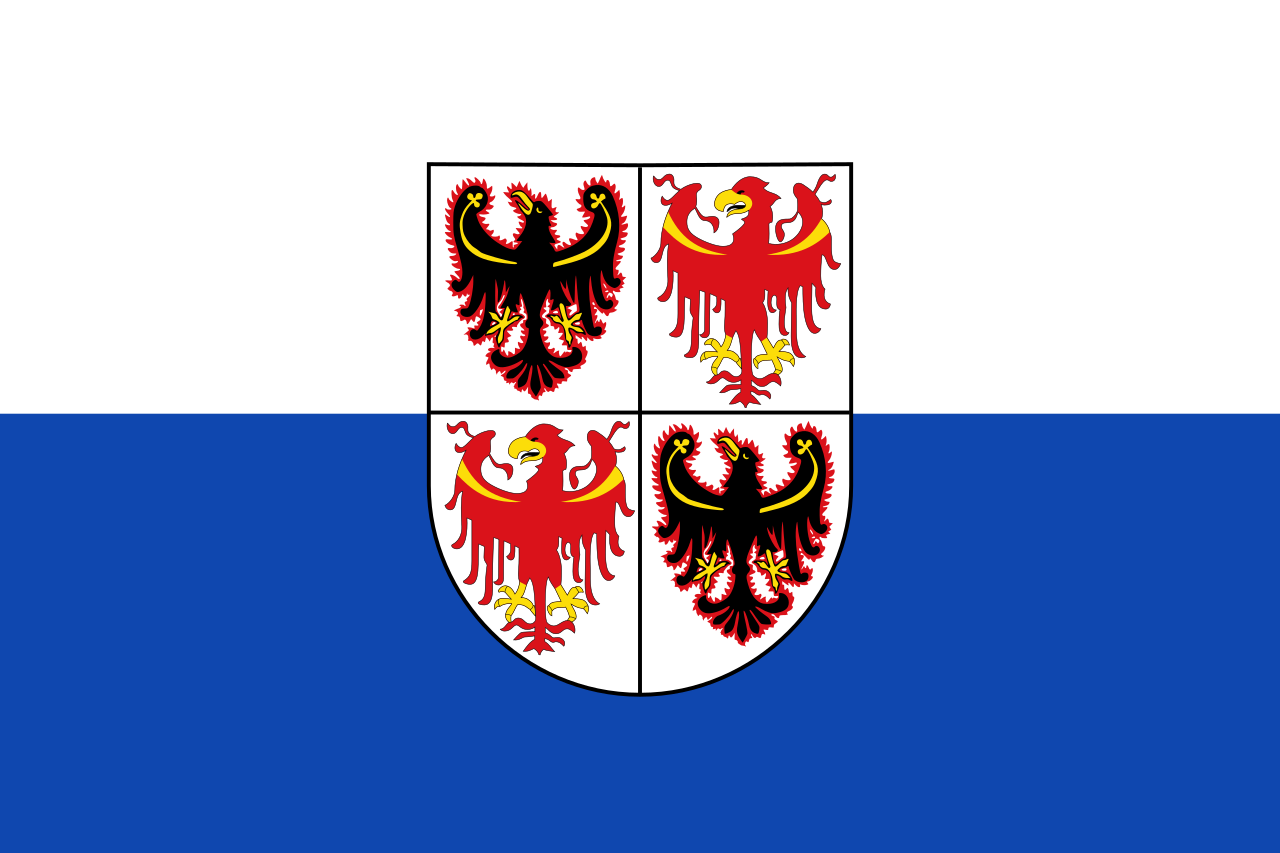 特伦蒂诺-上阿迪杰大区
特伦蒂诺-上阿迪杰大区
 艾米利亚-罗马涅大区
艾米利亚-罗马涅大区
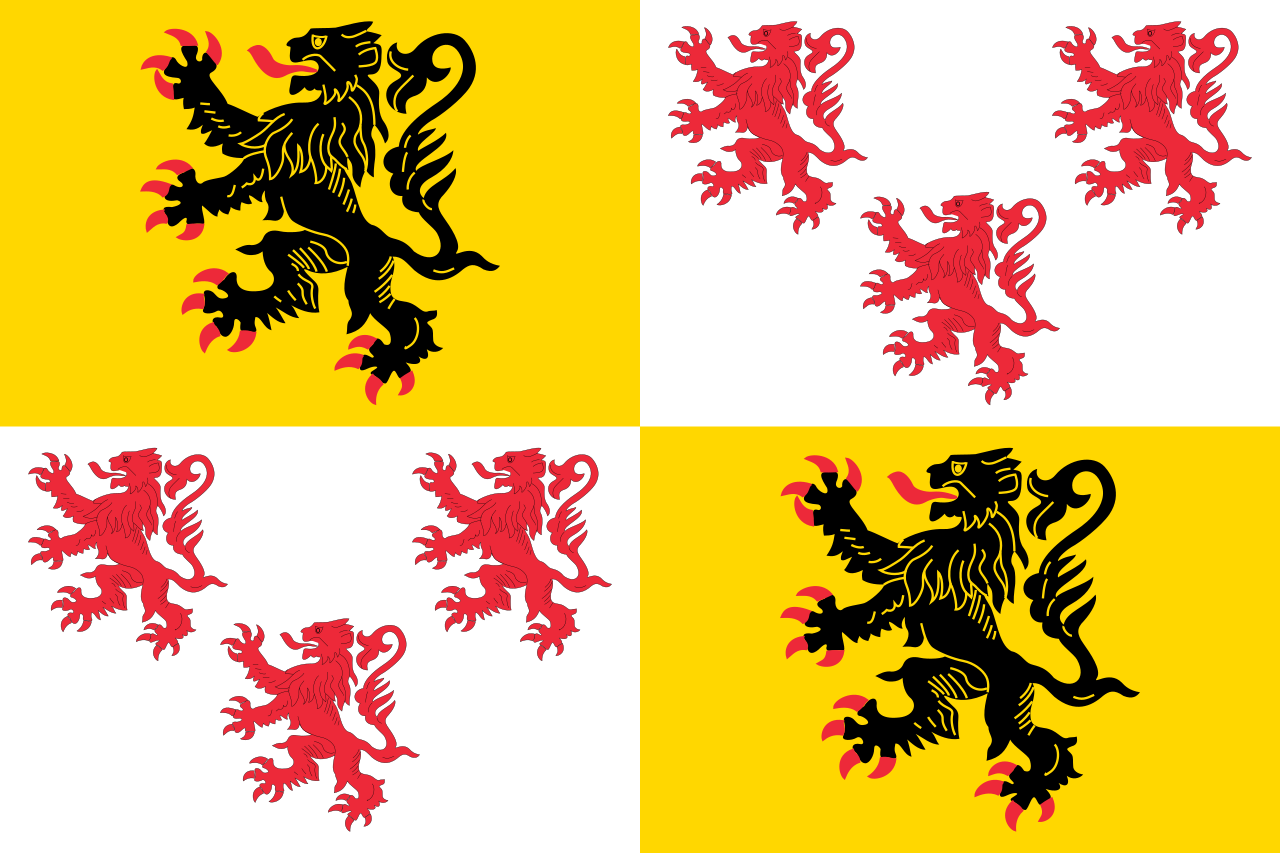 上法兰西大区
上法兰西大区
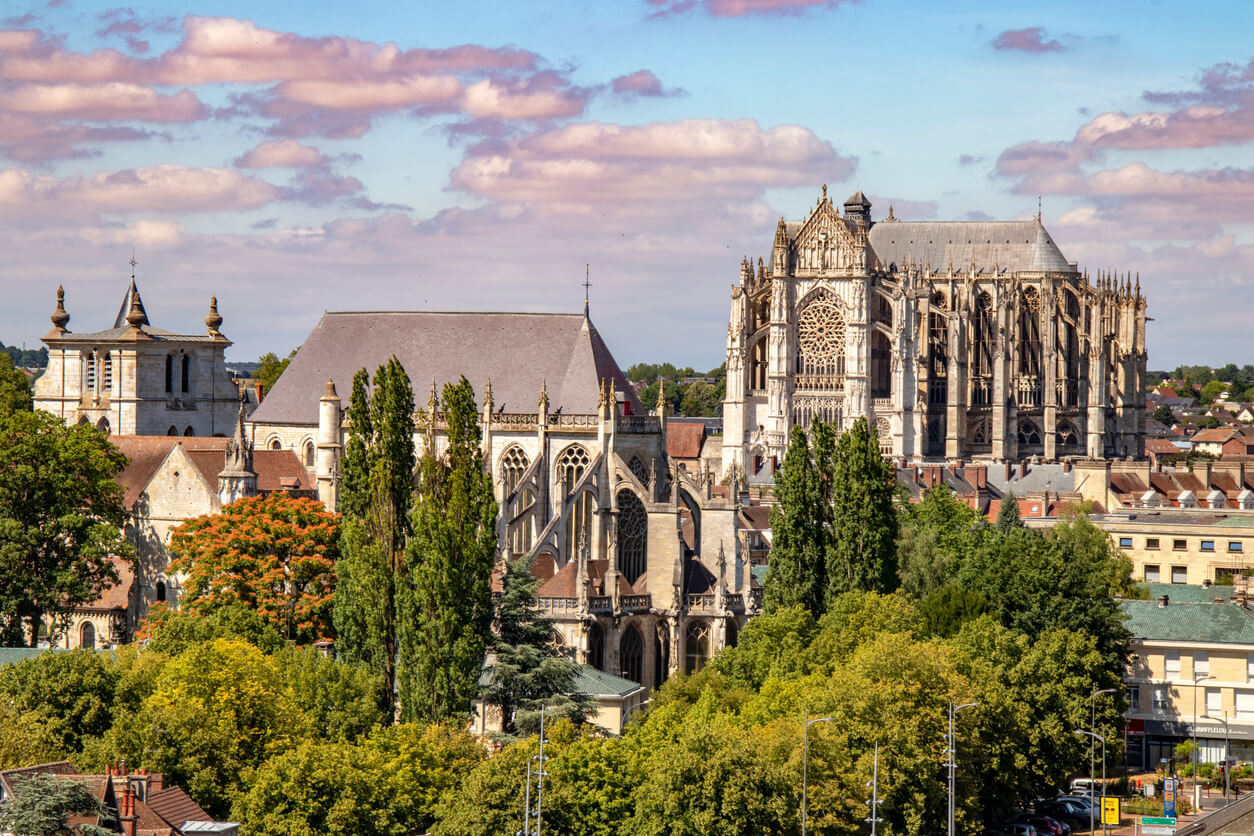
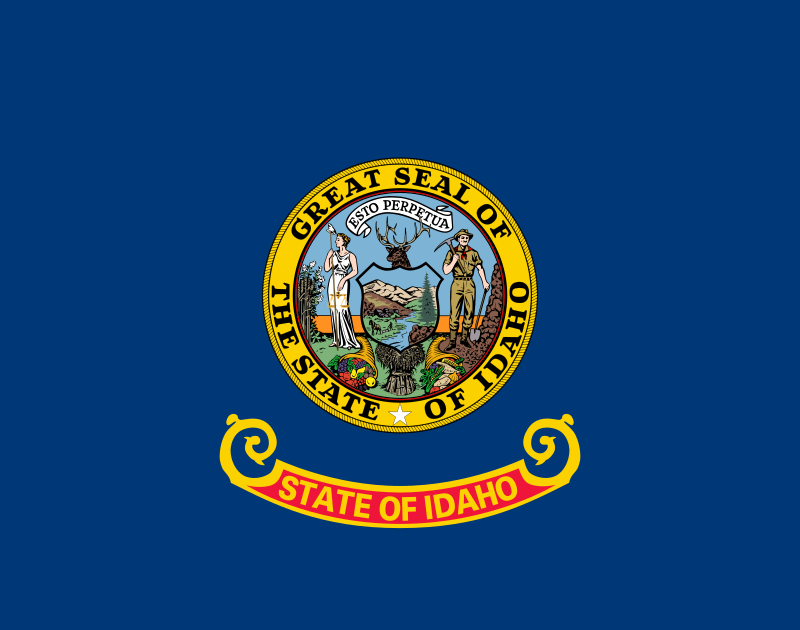 爱达荷州
爱达荷州

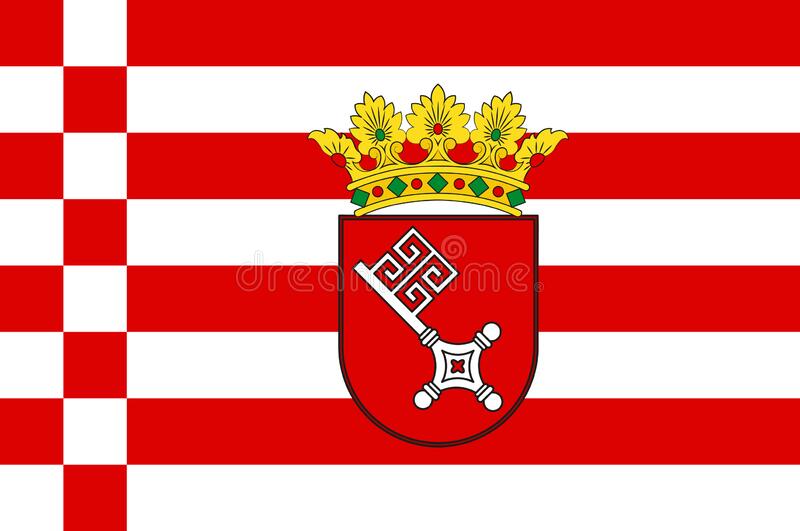 不来梅州
不来梅州
 文化遗产
文化遗产
 重要港口
重要港口
 历史
历史
 体育
体育
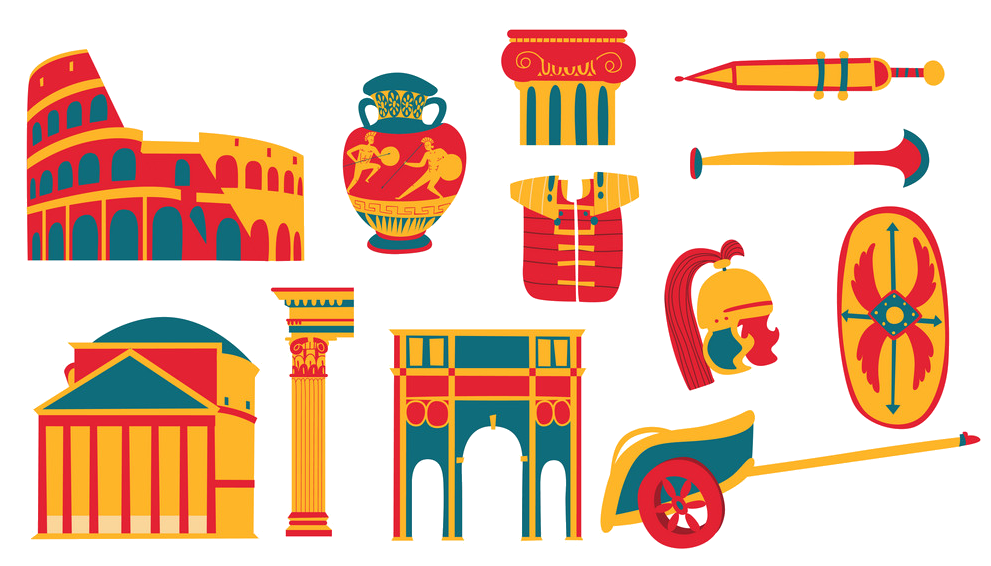 罗马人建立的城市
罗马人建立的城市

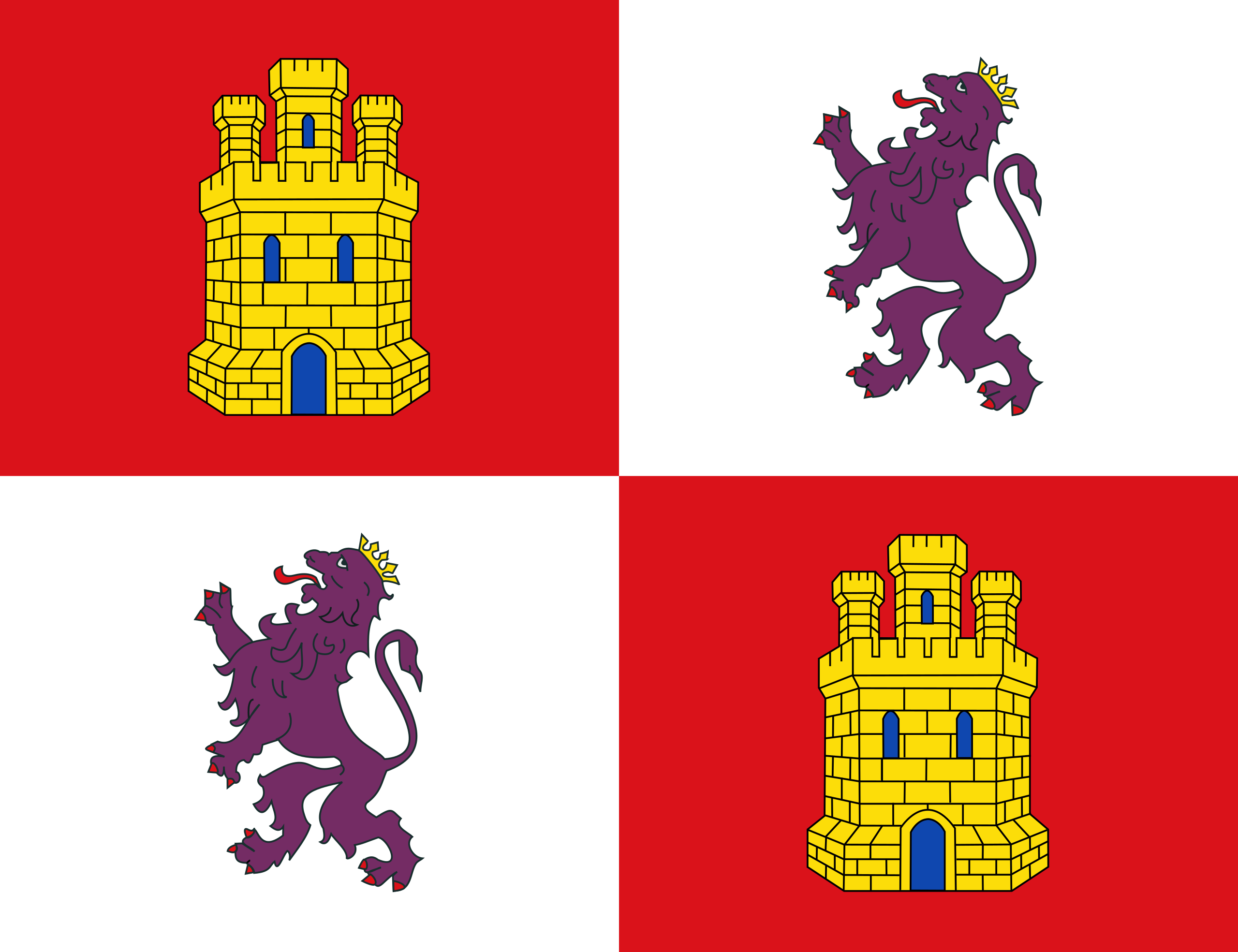 卡斯蒂利亚-莱昂
卡斯蒂利亚-莱昂
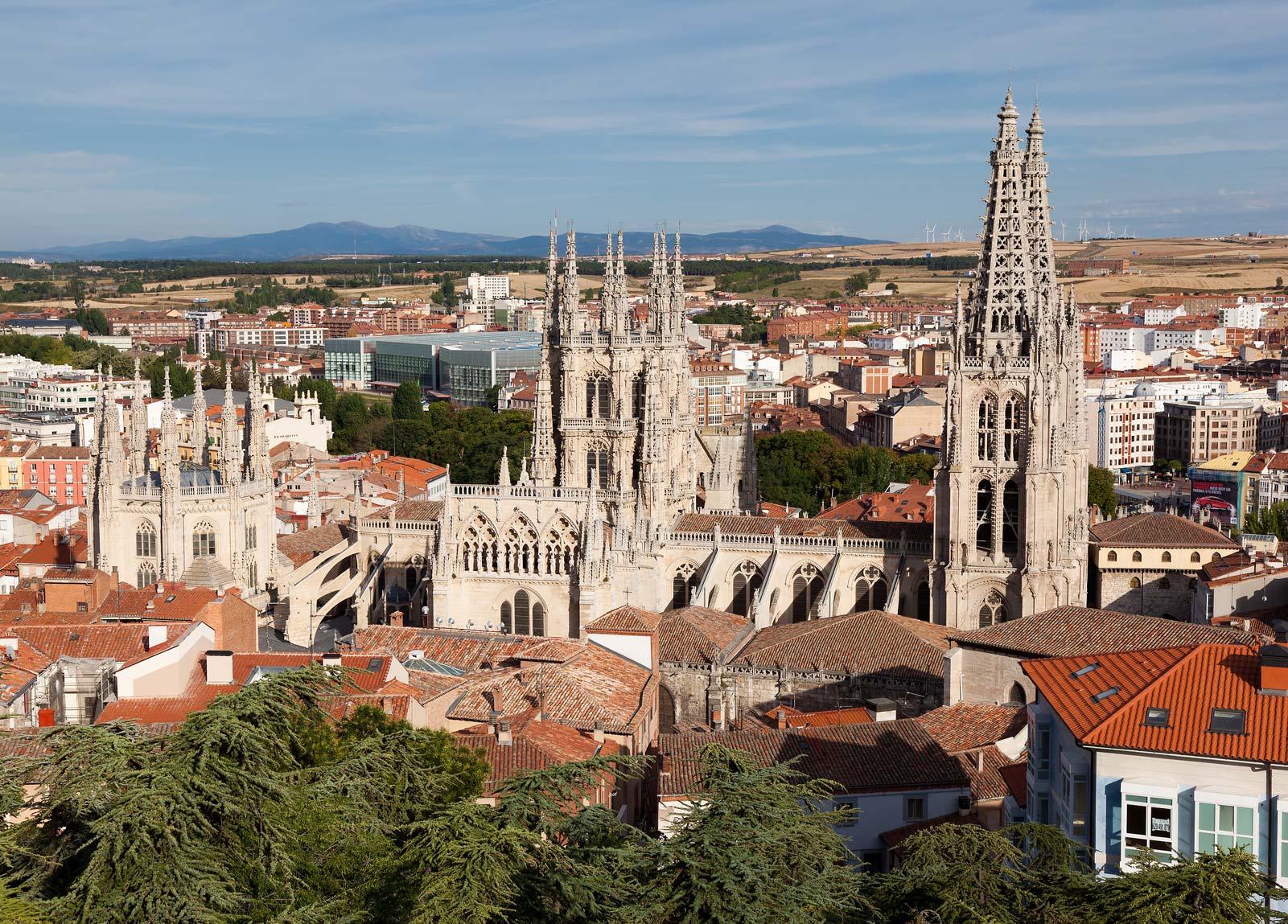
 中央-卢瓦尔河谷
中央-卢瓦尔河谷
